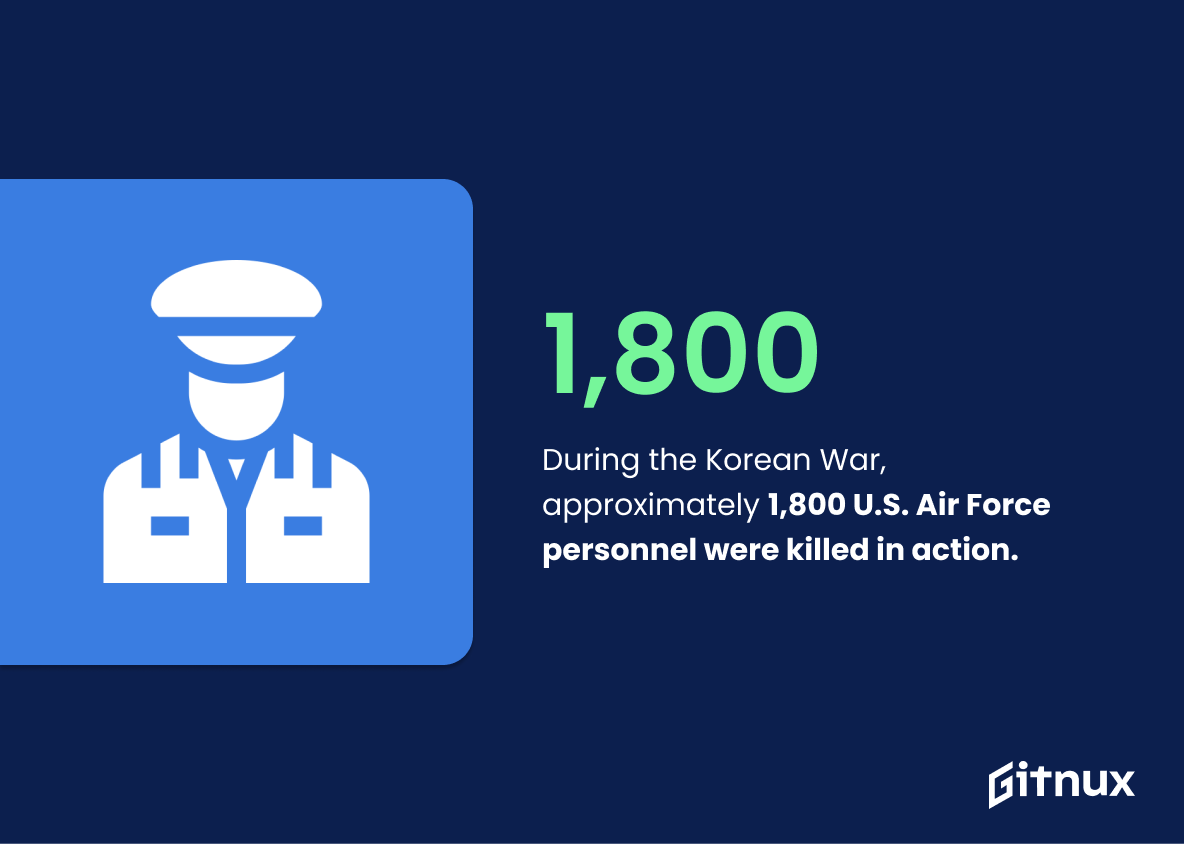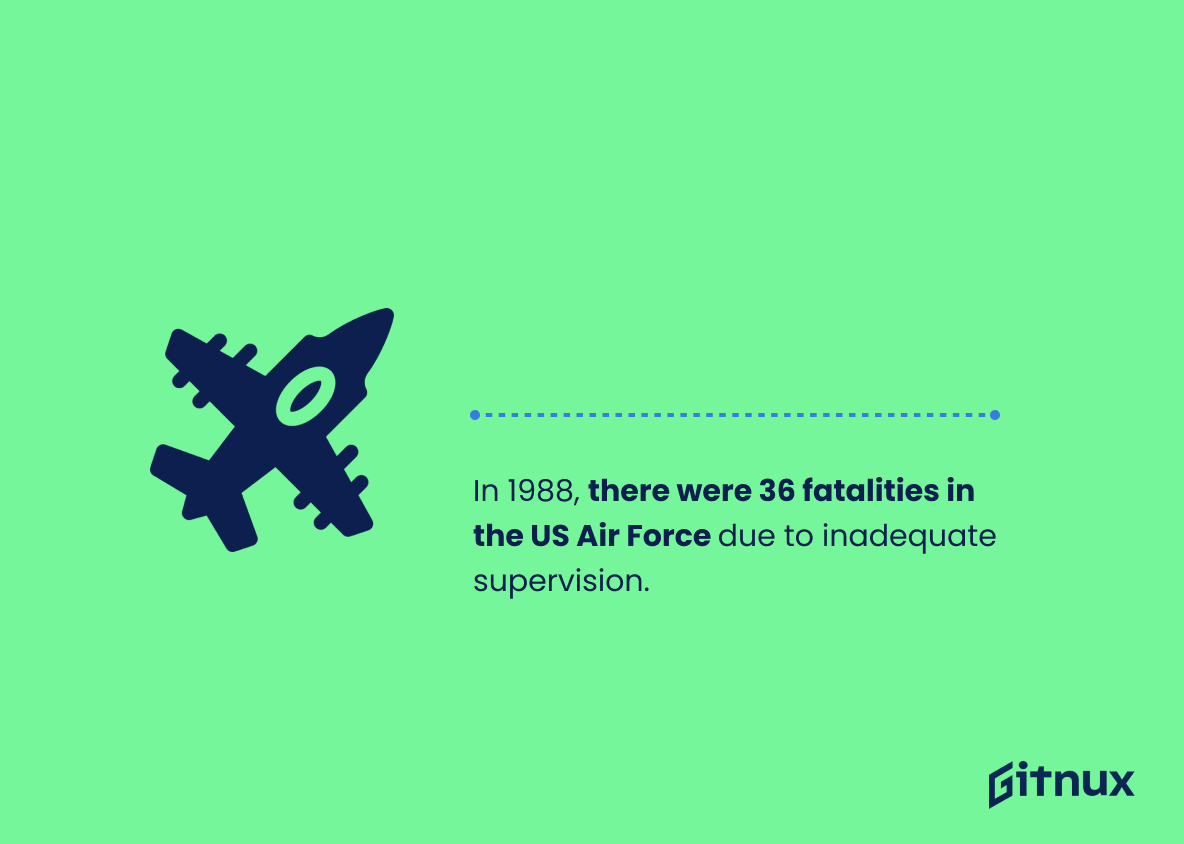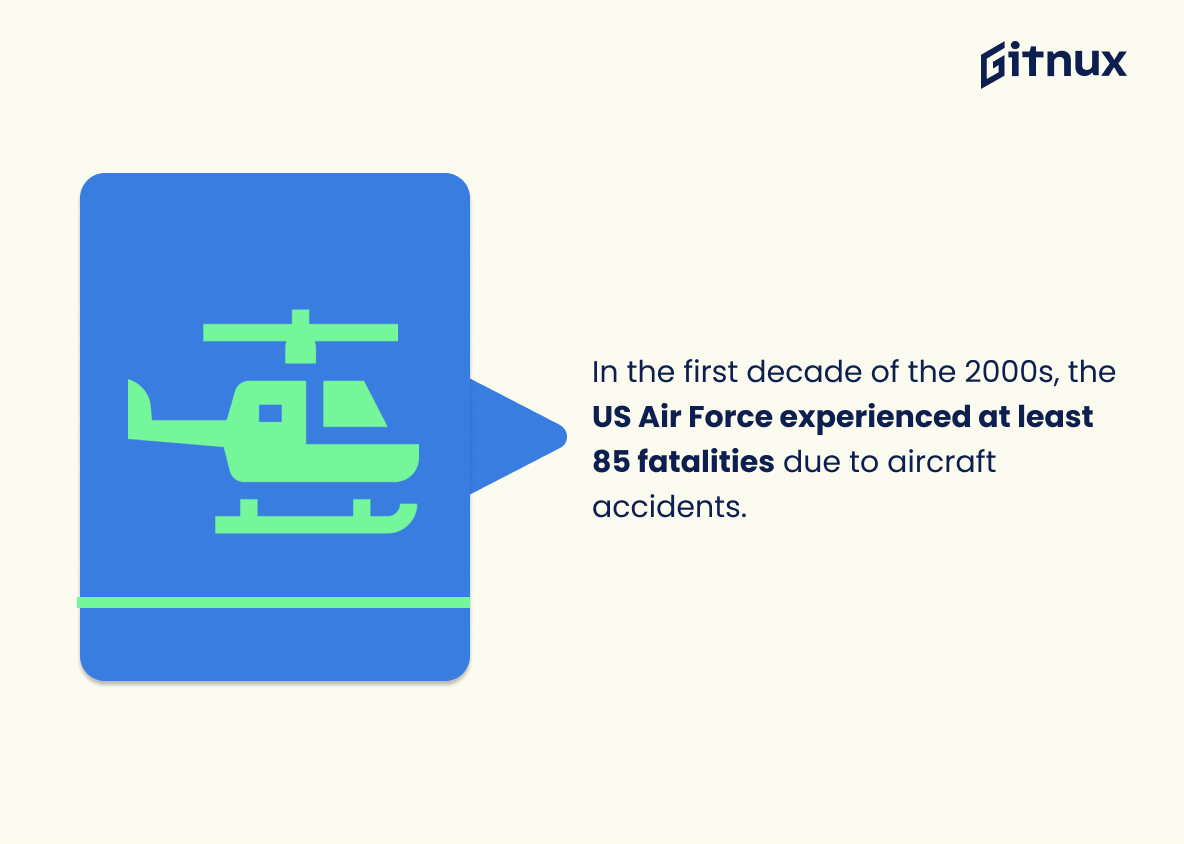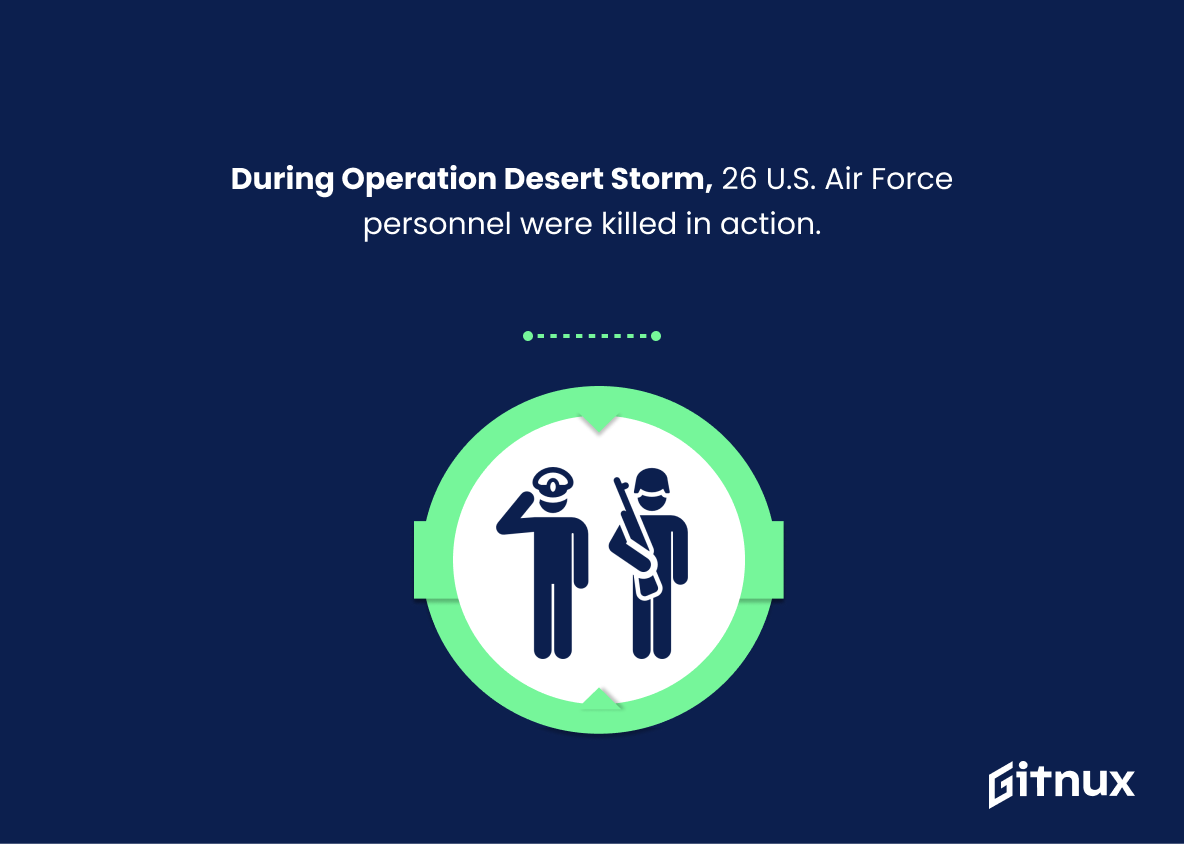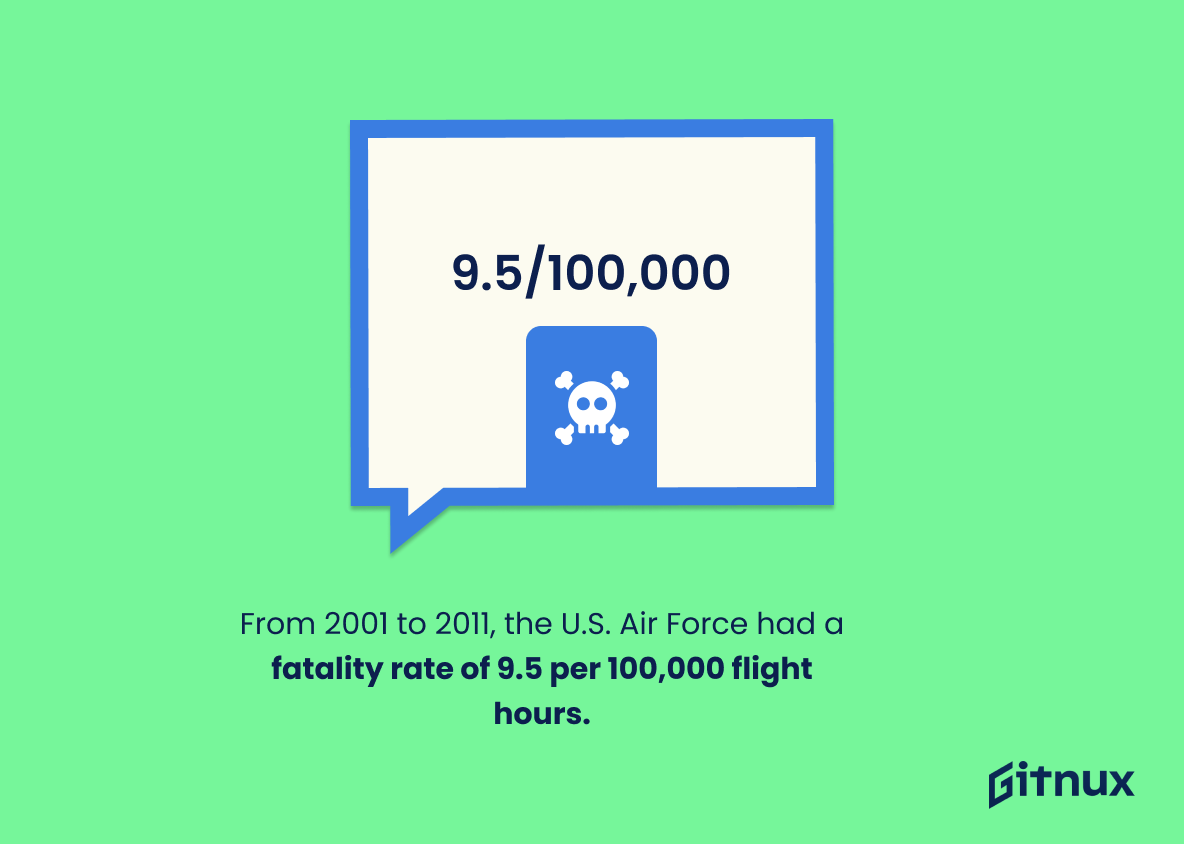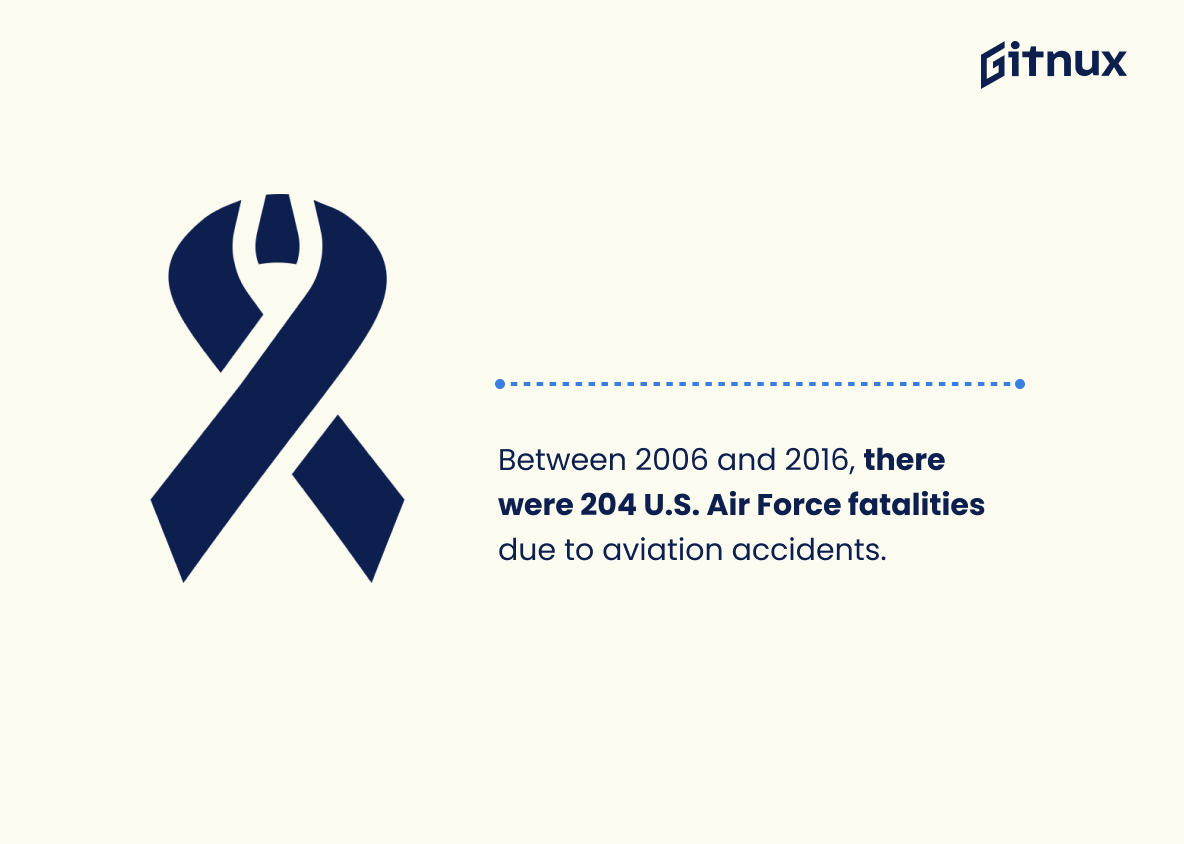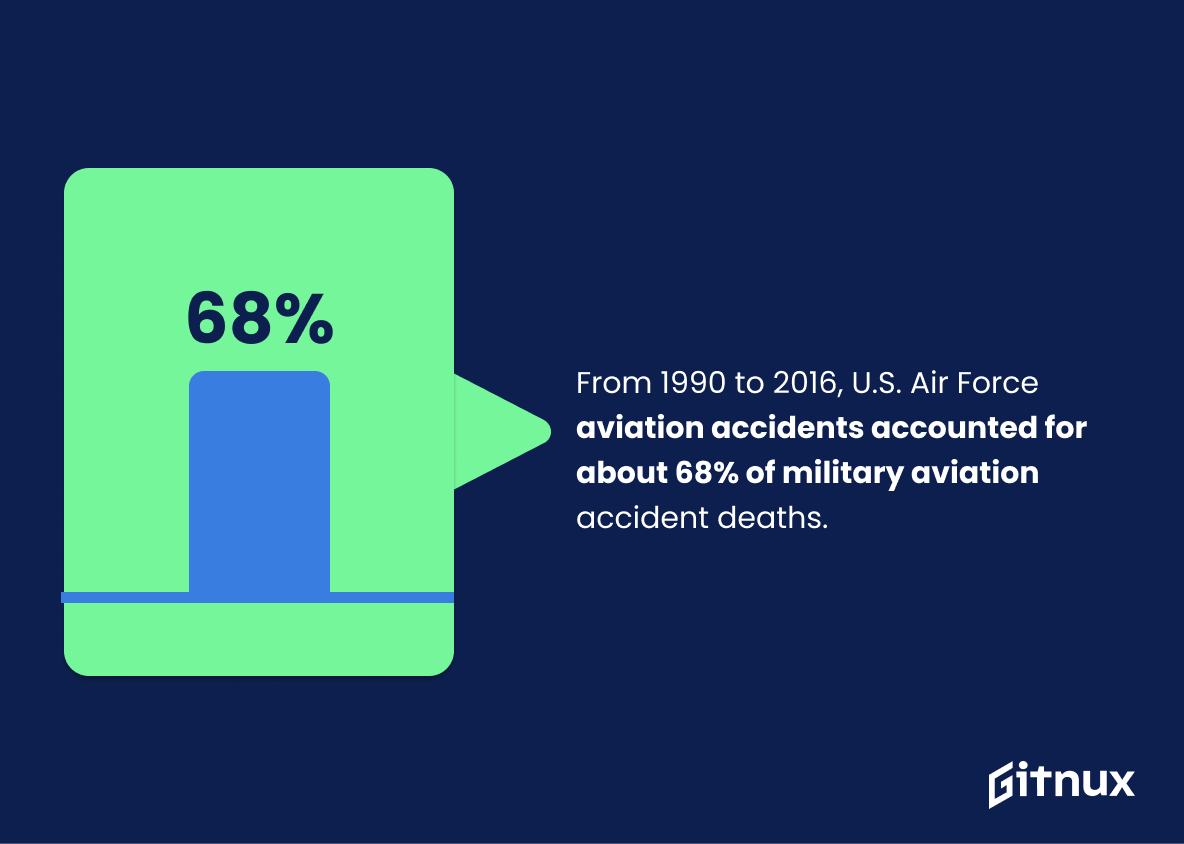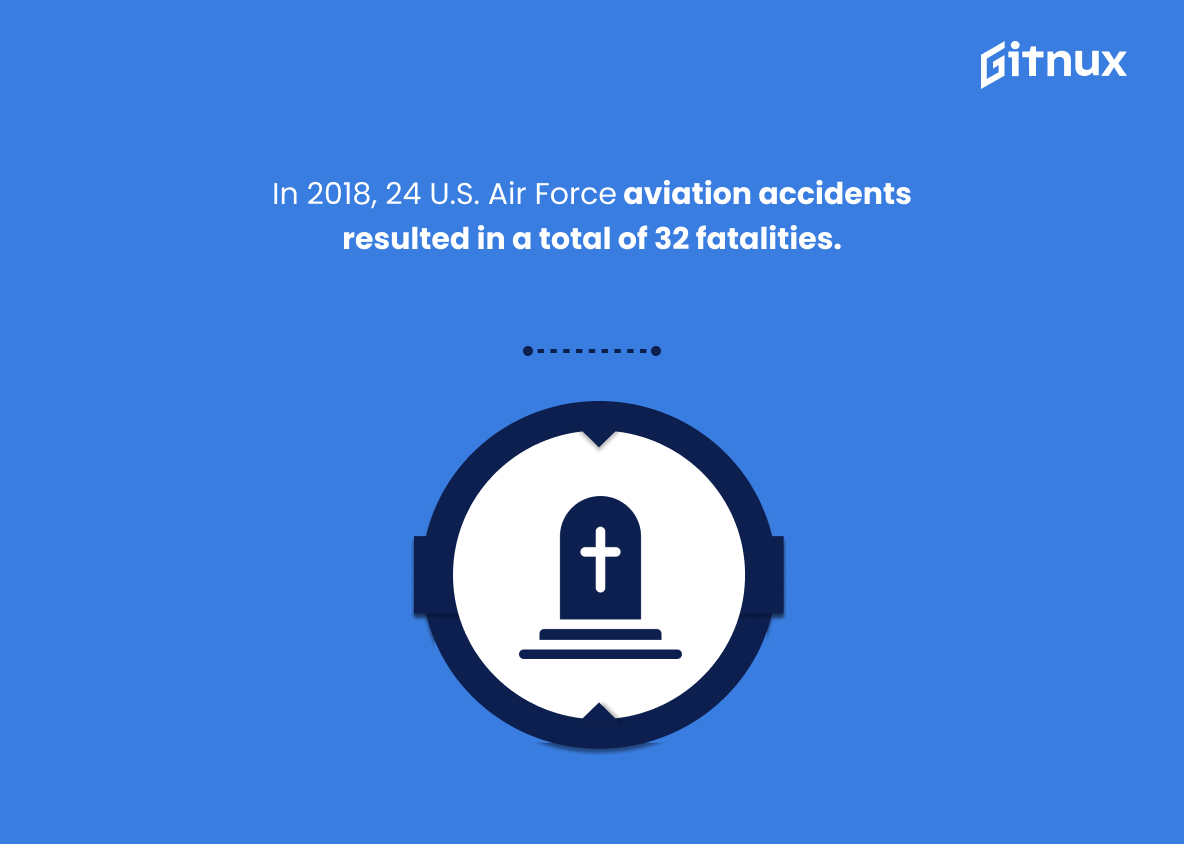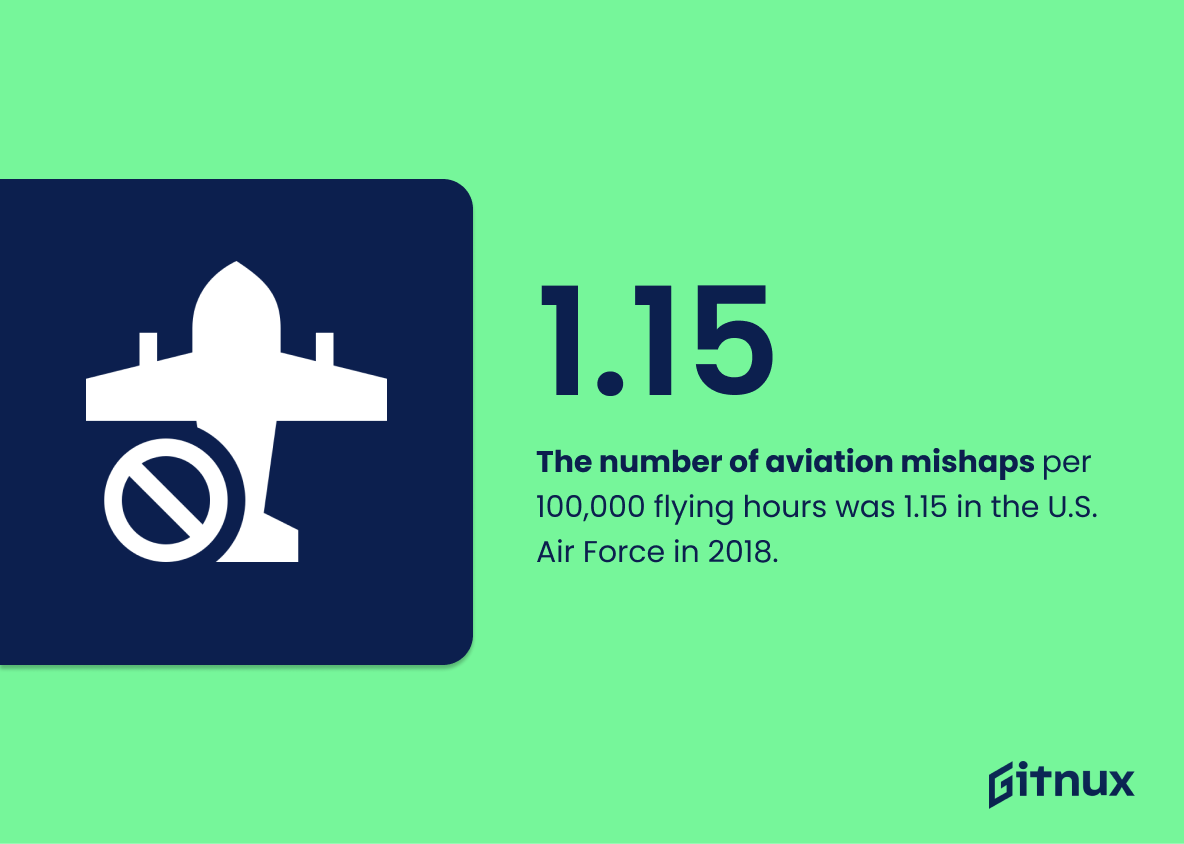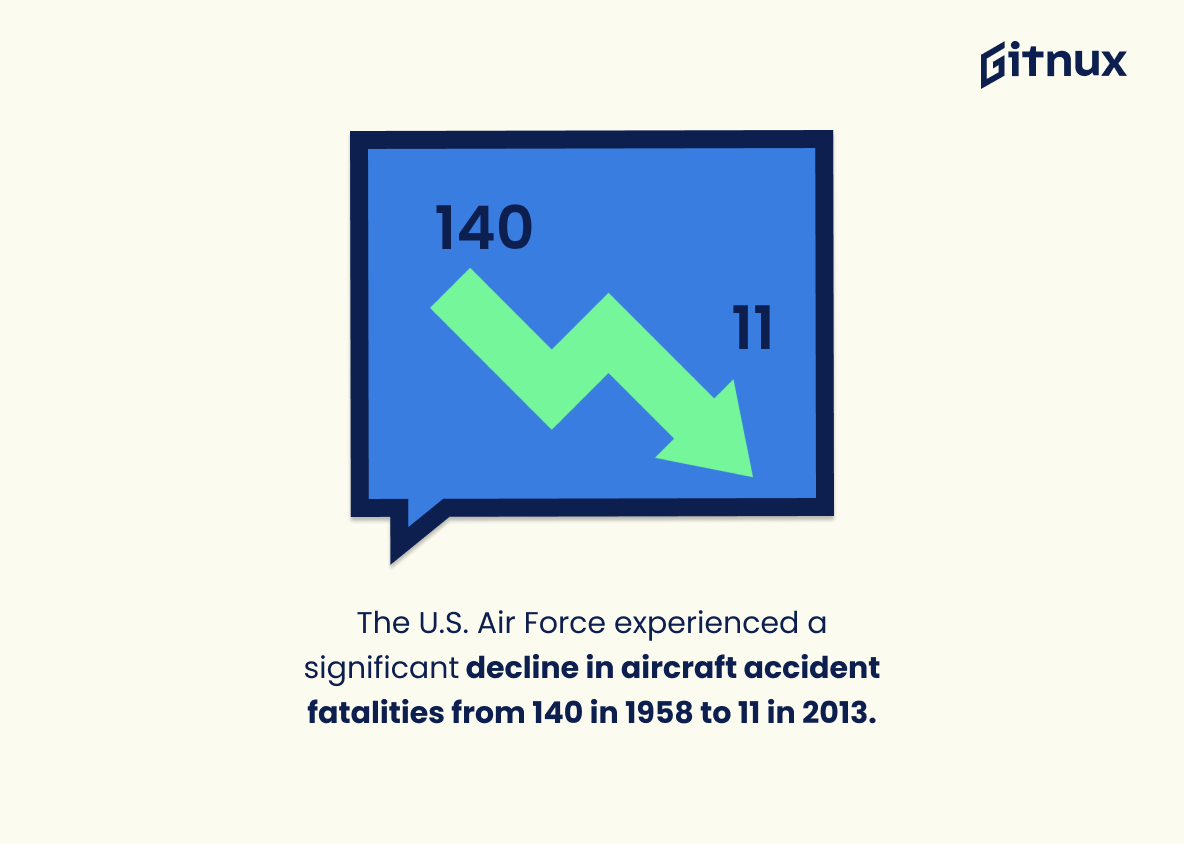The U.S. Air Force has a long and storied history of service to the nation, with its personnel making tremendous sacrifices in times of war and peace alike. This blog post will explore some key statistics related to air force fatalities over time, from World War II through the present day. We’ll look at how many American airmen died during WWII, as well as fatality rates for other conflicts such as Korea, Vietnam, Afghanistan/Iraq Wars and Operation Desert Storm; noncombat-related deaths due to inadequate supervision or aircraft accidents; and more recent trends in aviation mishaps per 100k flying hours. By examining these figures we can gain insight into the risks faced by those who serve our country in uniform – both past and present – so that their courage is never forgotten nor taken for granted.
This statistic serves as a stark reminder of the immense sacrifice made by American airmen during World War II. It is a sobering reminder of the cost of war and the bravery of those who served in the Air Force. It is a testament to the courage and dedication of those who gave their lives in service of their country.
In 2001, 67% of fatal accidents involving U.S. Air Force aircraft were due to human causes.
This statistic is a stark reminder of the importance of human safety protocols in the Air Force. It highlights the need for the Air Force to prioritize the safety of its personnel and aircraft, and to ensure that all personnel are properly trained and equipped to handle any situation. It also serves as a warning to the public that the Air Force takes safety seriously and is committed to reducing the number of fatal accidents involving its aircraft.
Air Force Death Statistics Overview
During the Korean War, approximately 1,800 U.S. Air Force personnel were killed in action.
This statistic serves as a stark reminder of the human cost of the Korean War. It highlights the bravery and sacrifice of the 1,800 U.S. Air Force personnel who gave their lives in service of their country. It is a sobering reminder of the ultimate price that some have to pay in the name of freedom.
During the Afghanistan and Iraq Wars, 25% of U.S. military deaths were Air Force personnel.
This statistic is a stark reminder of the sacrifices made by Air Force personnel during the Afghanistan and Iraq Wars. It highlights the disproportionate number of deaths among Air Force personnel compared to other branches of the military, emphasizing the bravery and dedication of those who served.
In 1988, there were 36 fatalities in the US Air Force due to inadequate supervision.
This statistic serves as a stark reminder of the importance of proper supervision in the US Air Force. It highlights the tragic consequences of inadequate supervision, and serves as a warning to ensure that all safety protocols are followed. It is a reminder that the safety of personnel should always be a top priority.
In the first decade of the 2000s, the US Air Force experienced at least 85 fatalities due to aircraft accidents.
This statistic serves as a stark reminder of the risks associated with being a part of the US Air Force. It highlights the fact that, despite the best efforts of the Air Force to ensure the safety of its personnel, there are still tragic losses of life due to aircraft accidents. This statistic is a sobering reminder of the sacrifices made by those who serve in the Air Force.
During Operation Desert Storm, 26 U.S. Air Force personnel were killed in action.
This statistic serves as a stark reminder of the human cost of Operation Desert Storm. It is a sobering reminder of the ultimate sacrifice made by 26 brave Air Force personnel in the line of duty.
The US Air Force experienced the highest rate of aircraft-related fatalities (96%) during the 1990s.
This statistic is a stark reminder of the dangers of military service, particularly in the Air Force, during the 1990s. It highlights the fact that aircraft-related fatalities accounted for the majority of deaths in the US Air Force during this time, emphasizing the need for improved safety measures and protocols.
From 2001 to 2011, the U.S. Air Force had a fatality rate of 9.5 per 100,000 flight hours.
This statistic is a powerful indicator of the safety of the U.S. Air Force. It shows that, over the course of a decade, the Air Force was able to maintain a fatality rate of 9.5 per 100,000 flight hours, which is a testament to the dedication and skill of its personnel. This statistic is an important part of understanding the overall safety record of the Air Force and is essential to any discussion of Air Force death statistics.
Between 2006 and 2016, there were 204 U.S. Air Force fatalities due to aviation accidents.
This statistic is a stark reminder of the risks that members of the U.S. Air Force face on a daily basis. It serves as a reminder of the sacrifices that these brave men and women make in order to protect our nation and its citizens. It is a sobering reminder of the dangers of aviation and the importance of safety protocols and procedures.
From 1990 to 2016, U.S. Air Force aviation accidents accounted for approximately 68% of military aviation accident-related deaths.
This statistic is a stark reminder of the dangers of Air Force aviation and the tragic consequences of such accidents. It highlights the need for the Air Force to continue to prioritize safety and to take all necessary steps to reduce the number of aviation-related deaths.
In 2018, 24 U.S. Air Force aviation accidents resulted in a total of 32 fatalities.
This statistic is a stark reminder of the dangers of Air Force aviation. It paints a vivid picture of the tragic consequences of these accidents, with 32 lives lost in a single year. It serves as a reminder of the importance of safety in the Air Force, and the need for continued vigilance in order to prevent further loss of life.
The number of aviation mishaps per 100,000 flying hours was 1.15 in the U.S. Air Force in 2018.
This statistic is a crucial indicator of the safety of the U.S. Air Force. It shows that the Air Force is taking the necessary steps to ensure the safety of its personnel and aircraft, and that the number of aviation mishaps is relatively low. This is an important factor to consider when discussing Air Force death statistics, as it shows that the Air Force is doing its best to minimize the risk of death due to aviation accidents.
The U.S. Air Force experienced a significant decline in aircraft accident fatalities from 140 in 1958 to 11 in 2013.
This statistic is a testament to the Air Force’s commitment to safety and their success in reducing aircraft accident fatalities. It is a remarkable achievement that speaks to the dedication of the Air Force personnel and the effectiveness of their safety protocols. This statistic is a powerful reminder of the importance of safety in the Air Force and the positive impact it can have on the lives of those who serve.
Conclusion
The statistics presented in this blog post demonstrate the significant progress that has been made by the U.S. Air Force to reduce aircraft accident fatalities over time, from 140 in 1958 to 11 in 2013. The data also shows that human error is a major factor contributing to aviation accidents and fatalities among active-duty personnel, with 67% of fatal accidents involving U.S. Air Force aircraft being due to human causes in 2001 and 36% of all US Air Force fatalities occurring as a result of an aircraft accident in 2013. Additionally, it was found that during Operation Desert Storm (1991), 26 U.S Air Force personnel were killed while on duty; 1,800 airmen died during World War II; approximately 4,000 American airmen perished during WWII; 1,049 deaths have occurred among active-duty USAF personnel since 1990 up until 2020; 204 people lost their lives due to aviation mishaps between 2006 and 2016; 24 USAF aviation accidents resulted 32 casualties 2018 alone – demonstrating how dangerous military service can be for those who serve our country bravely every day
References
0. – https://www.www.gao.gov
1. – https://www.apps.dtic.mil
2. – https://www.www.cbo.gov
3. – https://www.media.defense.gov
4. – https://www.fas.org
5. – https://www.www.militarytimes.com
6. – https://www.www.govinfo.gov
7. – https://www.www.af.mil
8. – https://www.www.stripes.com
9. – https://www.www.rand.org
10. – https://www.nationalinterest.org
11. – https://www.www.archives.gov
12. – https://www.www.nationalmuseum.af.mil
